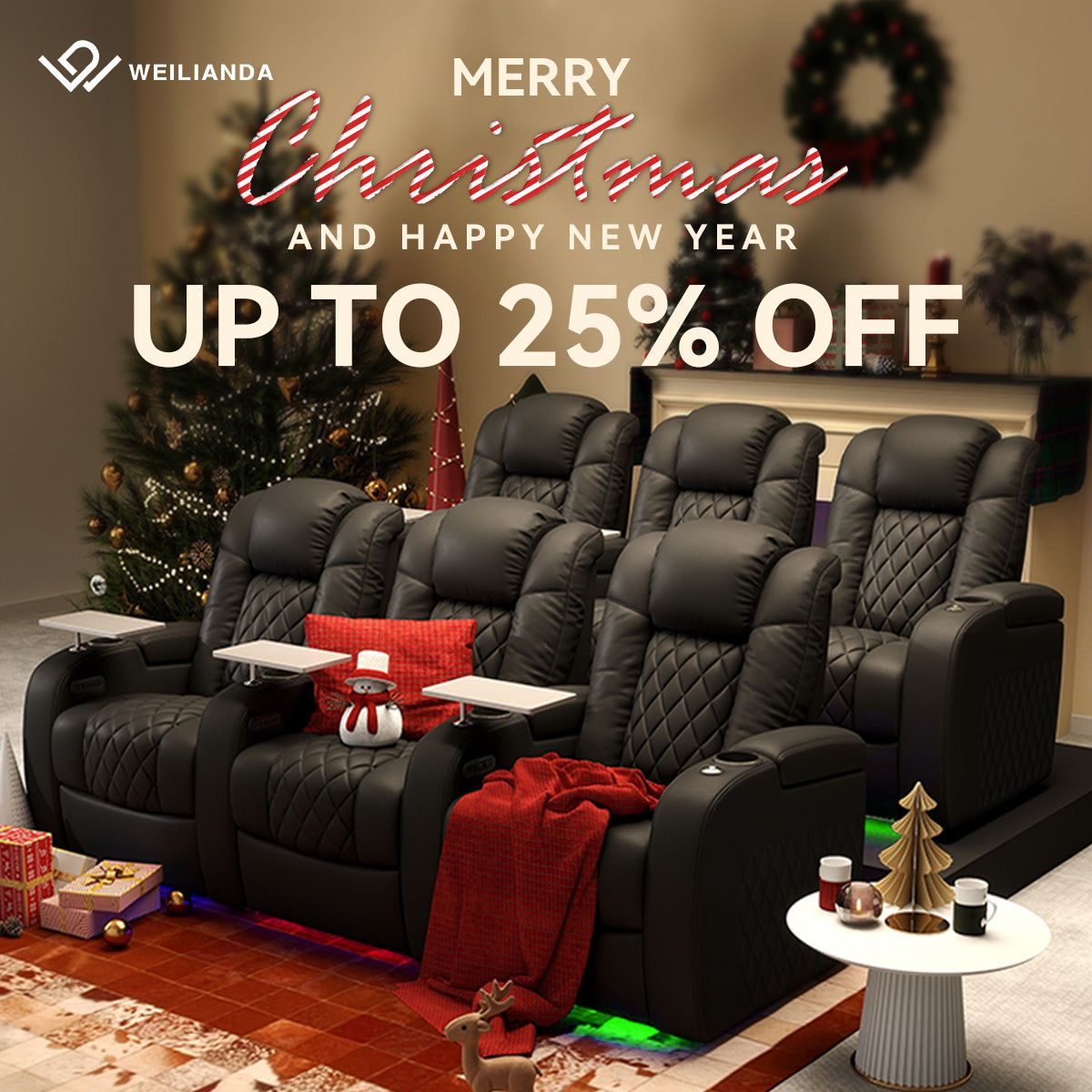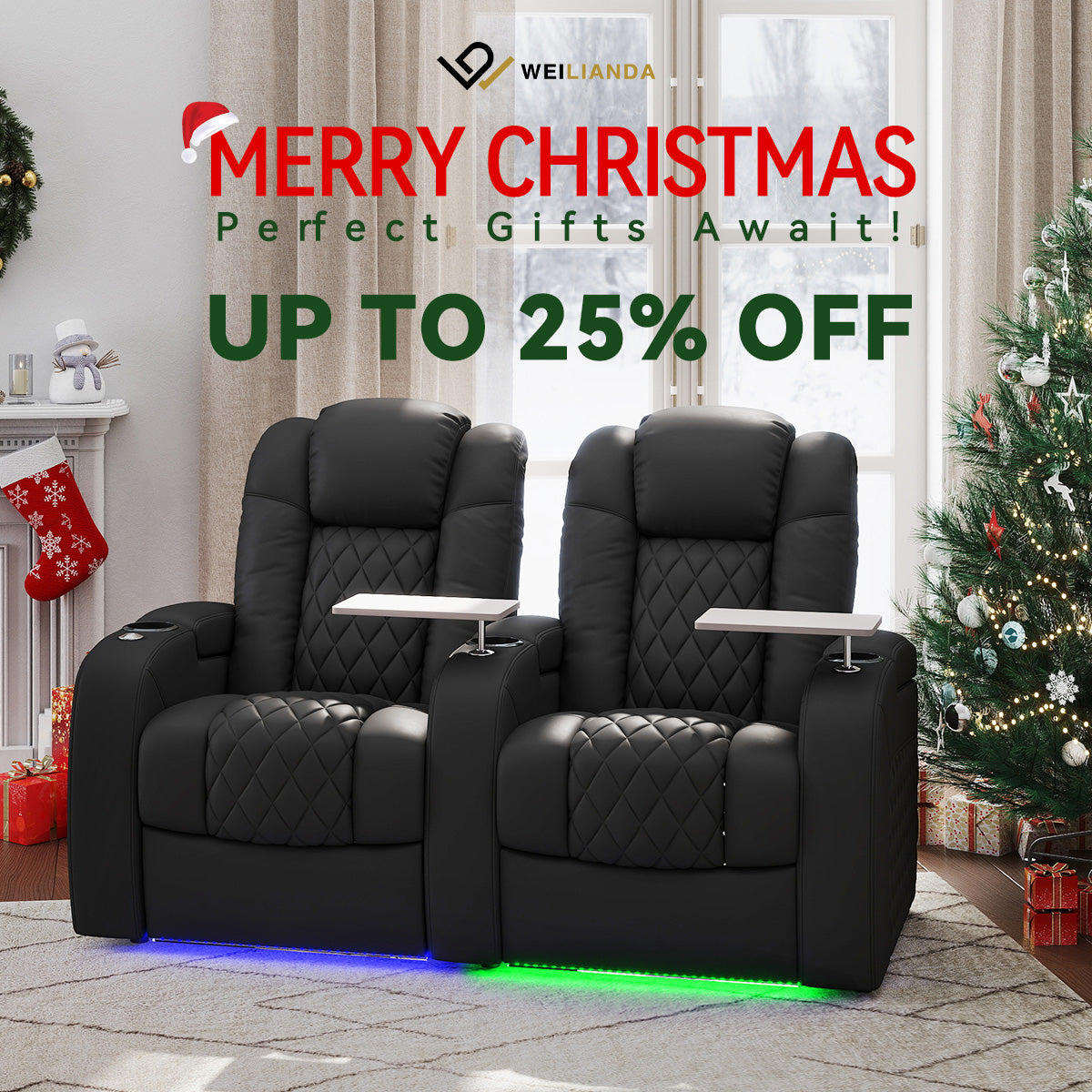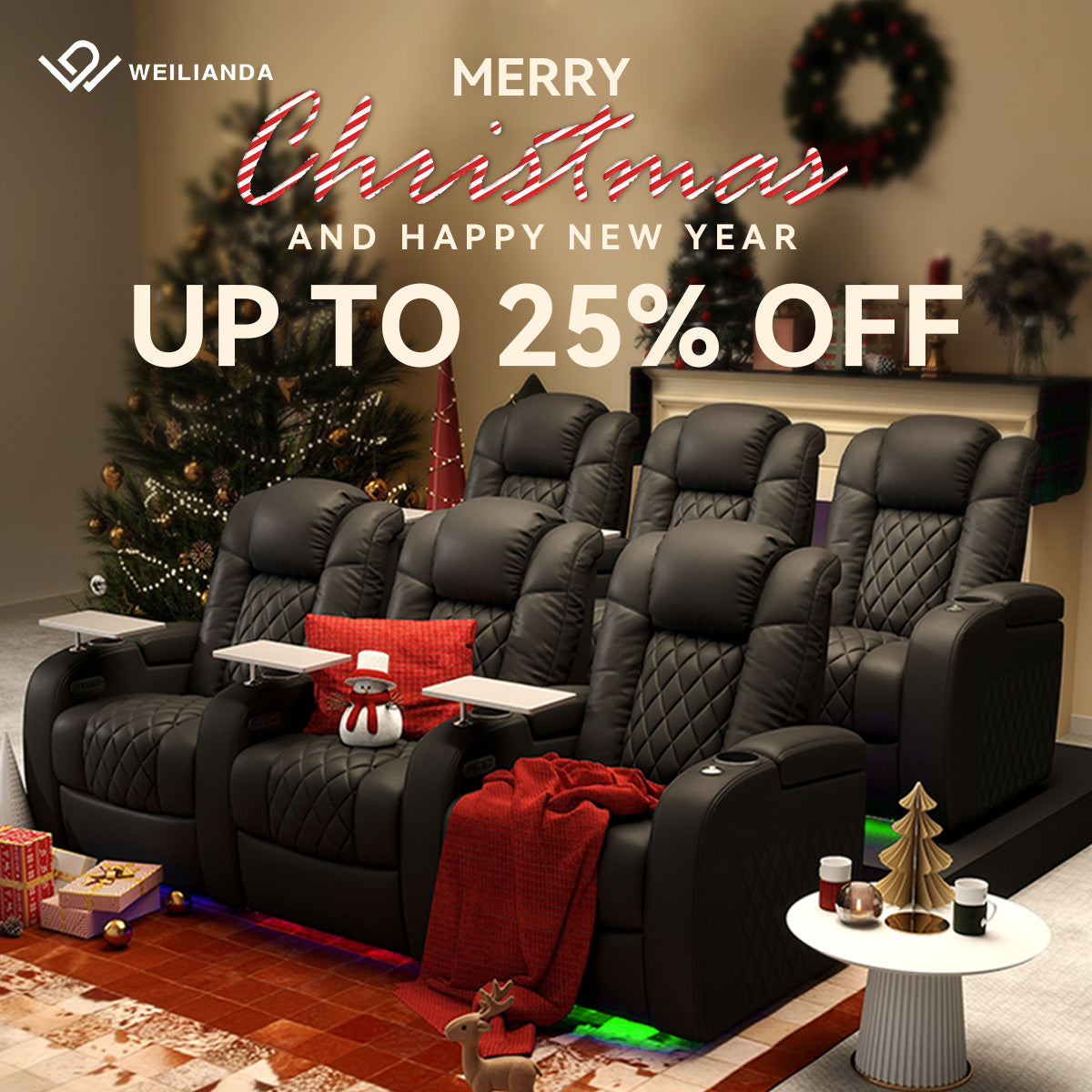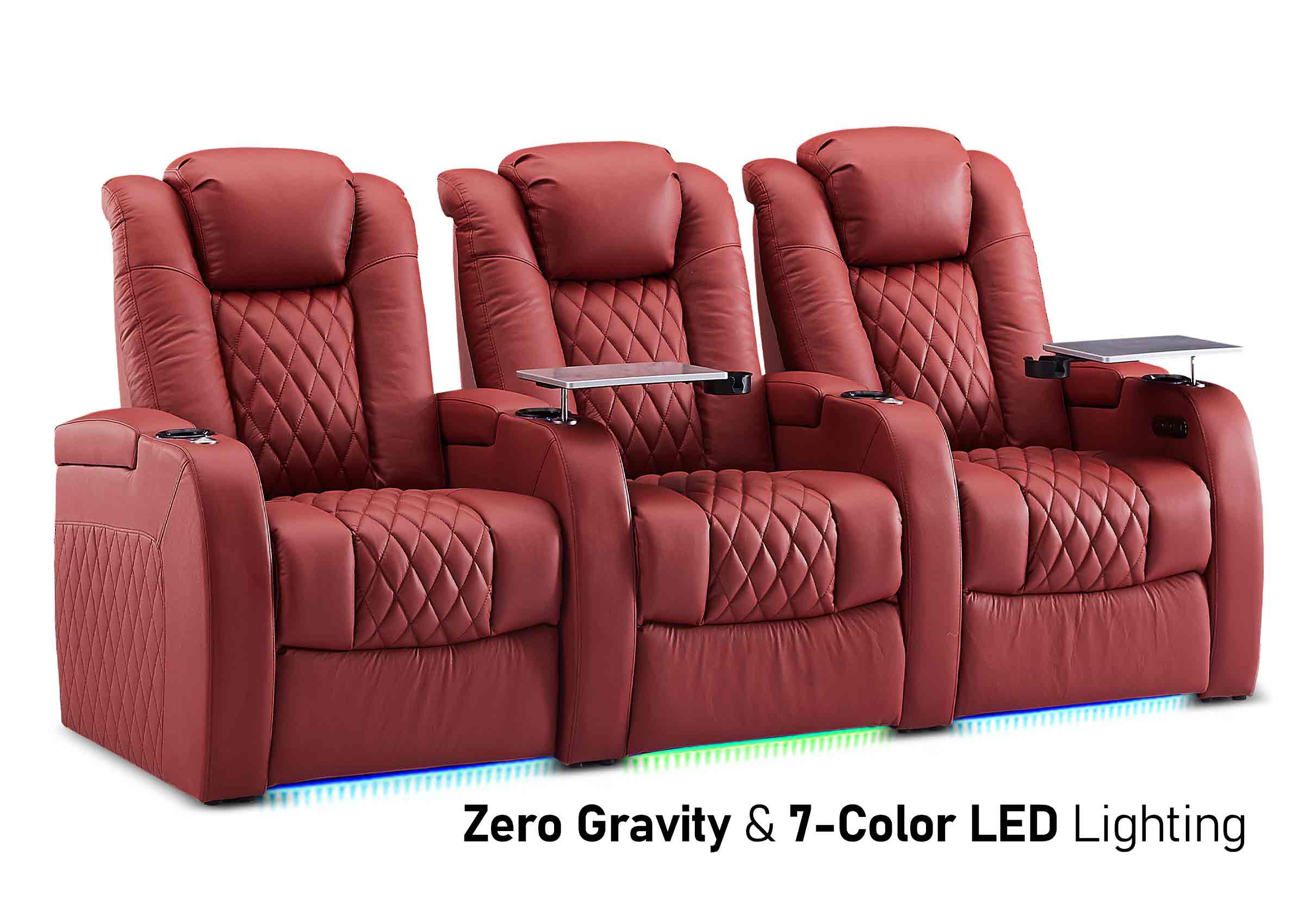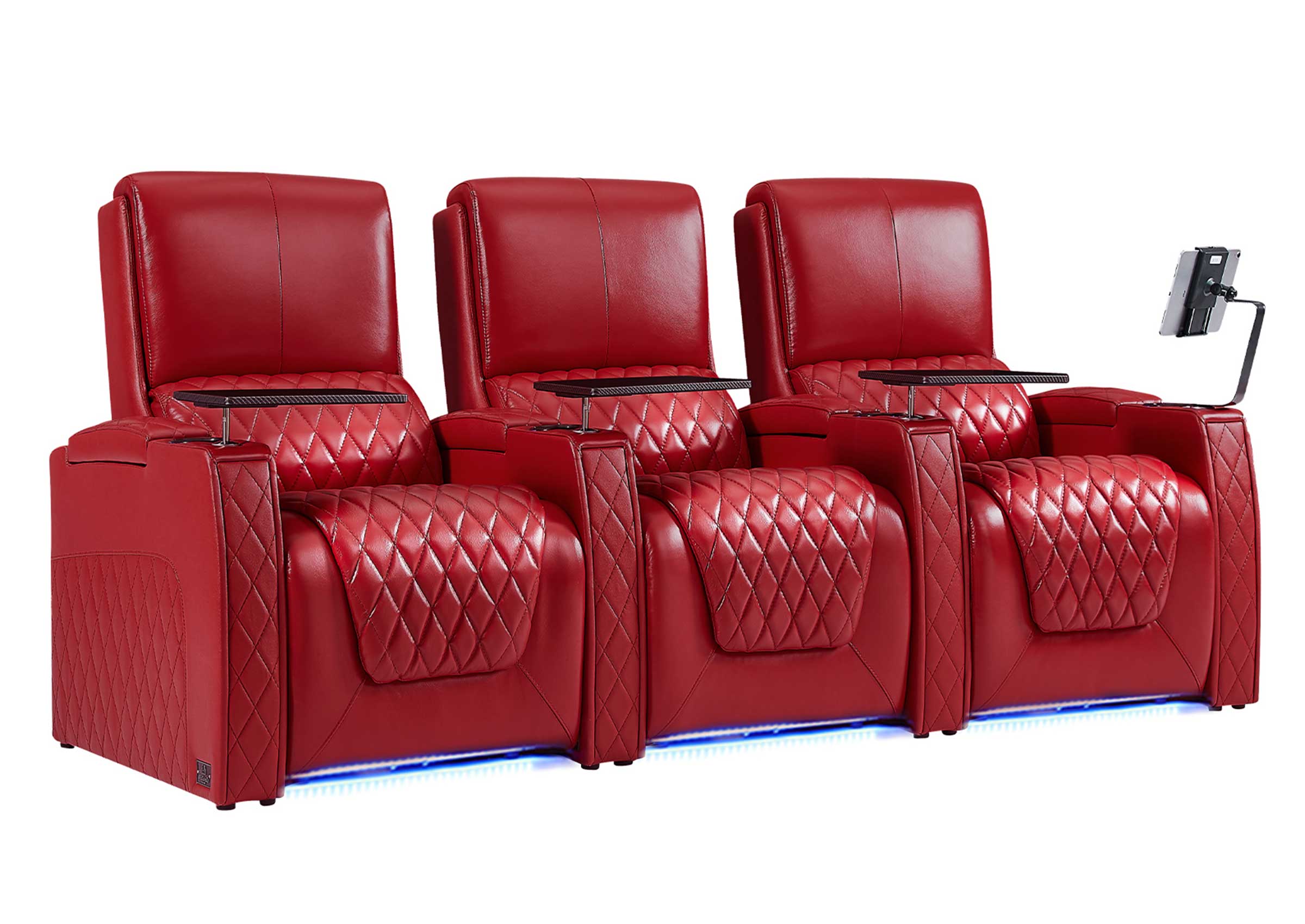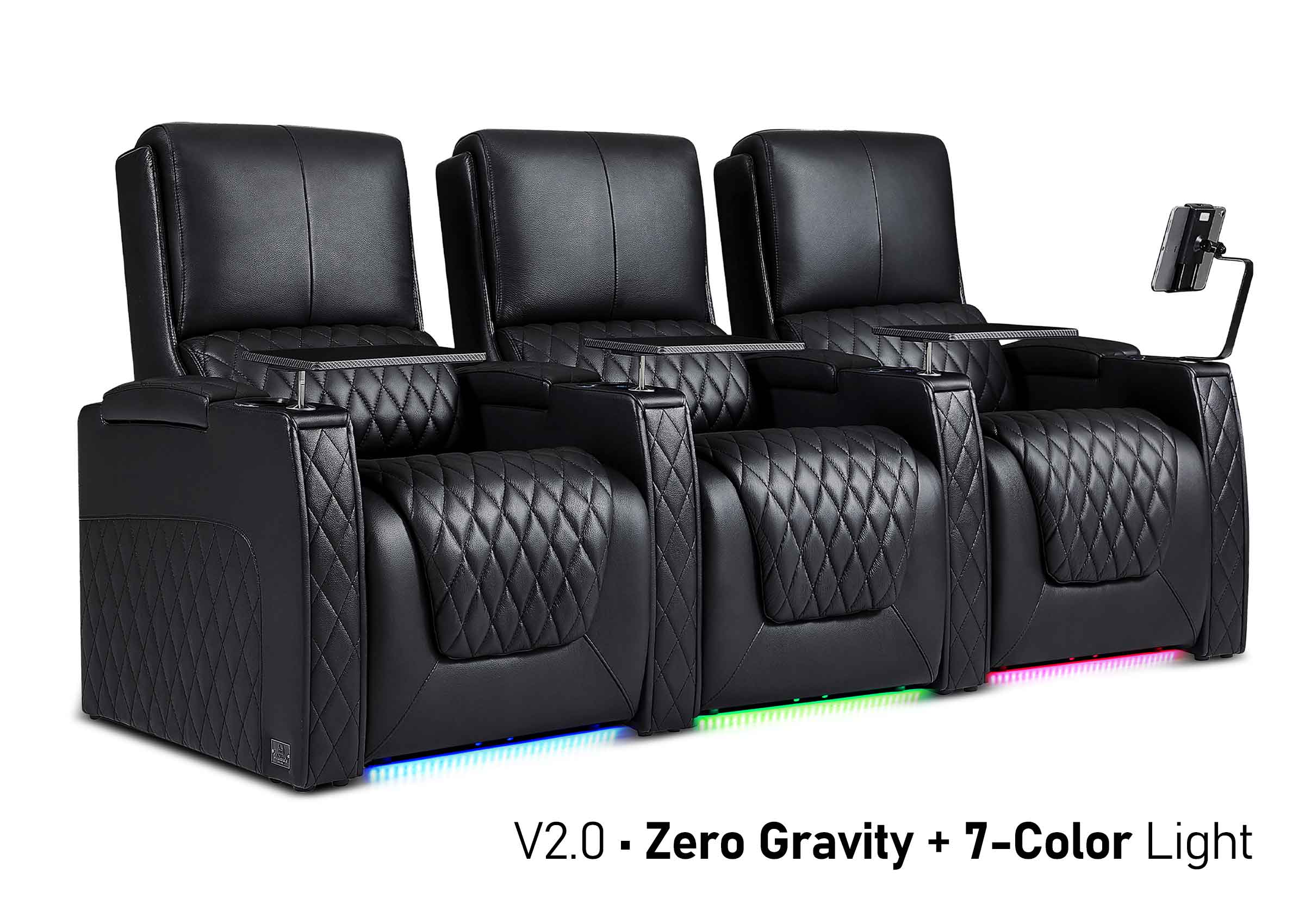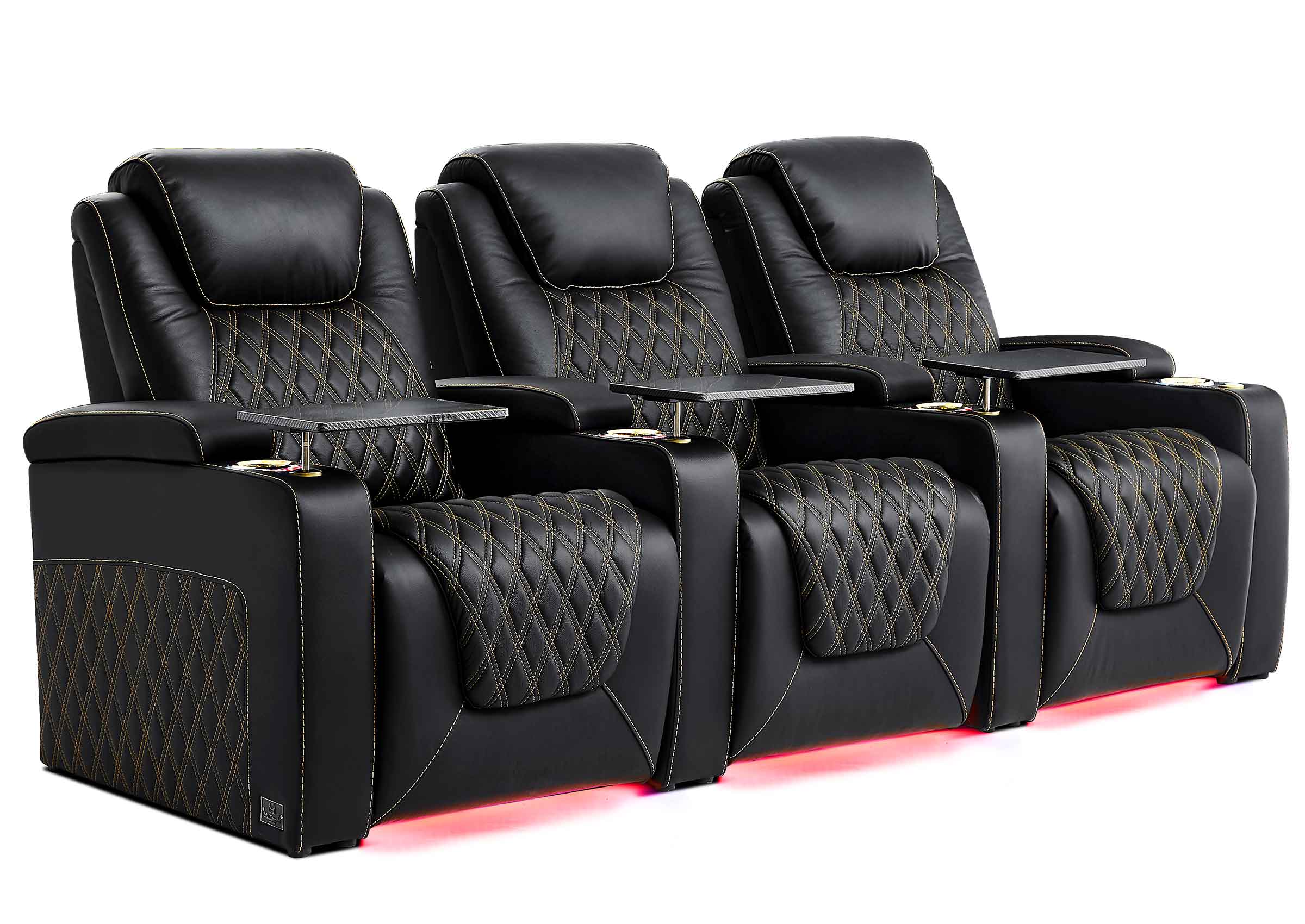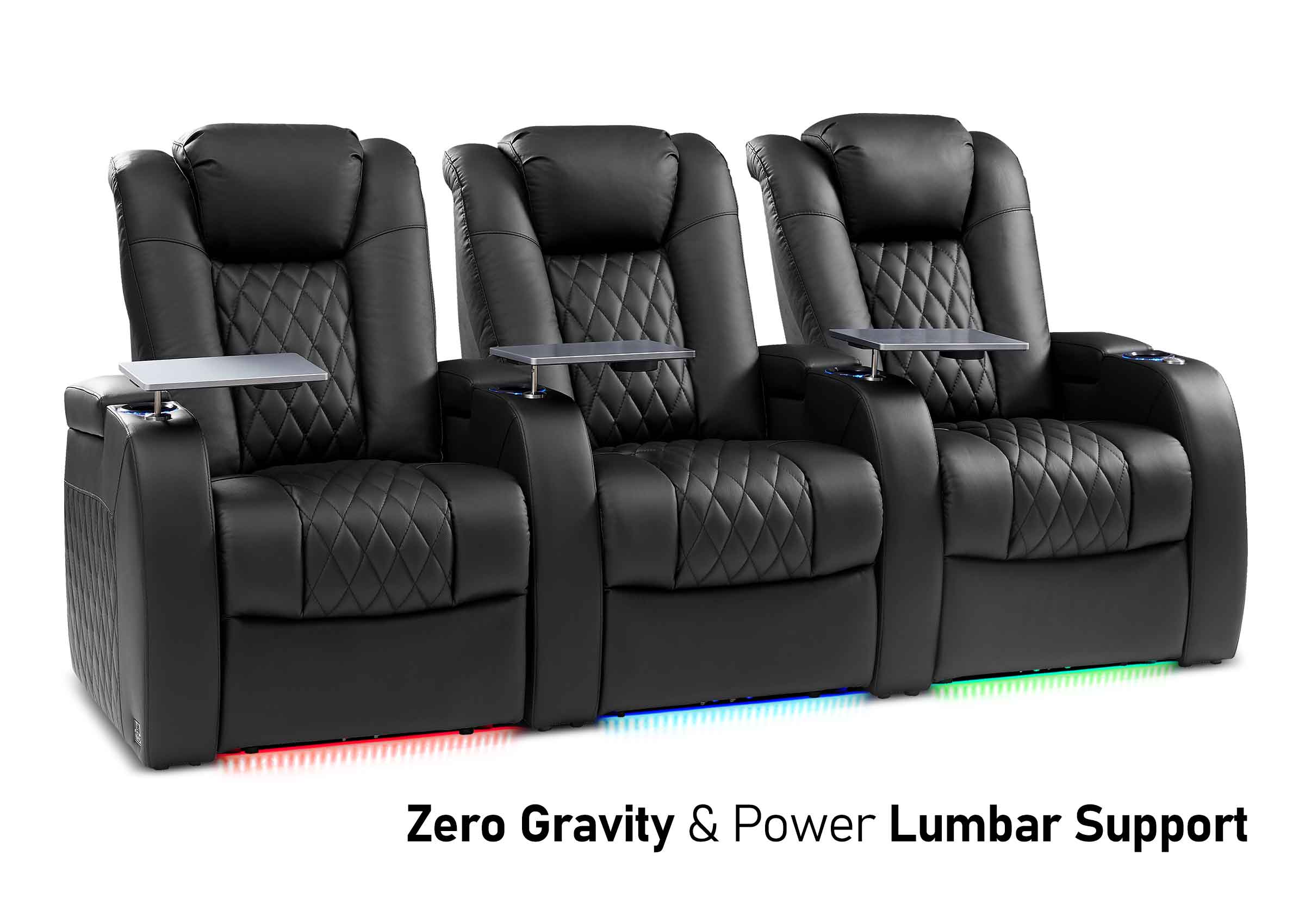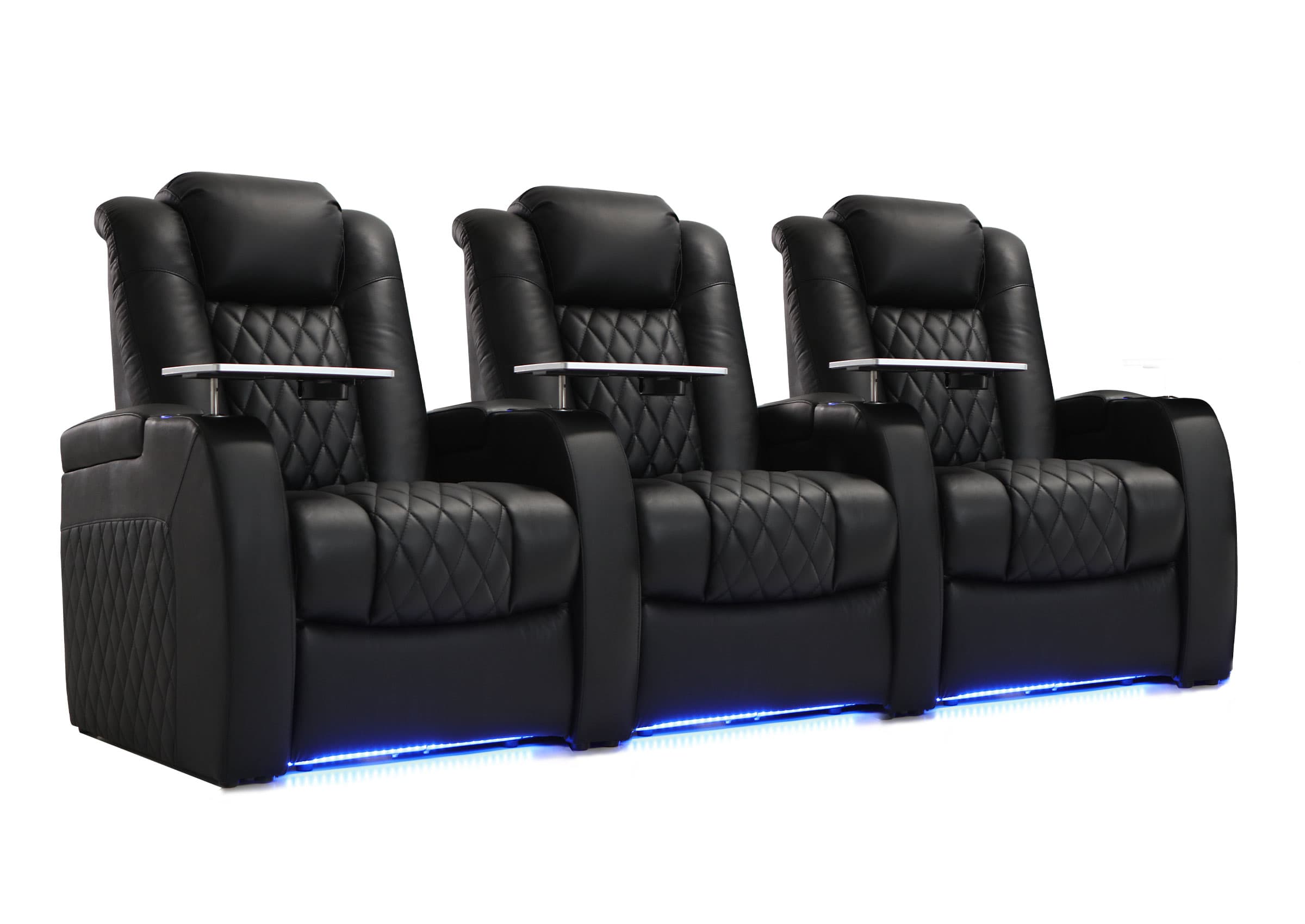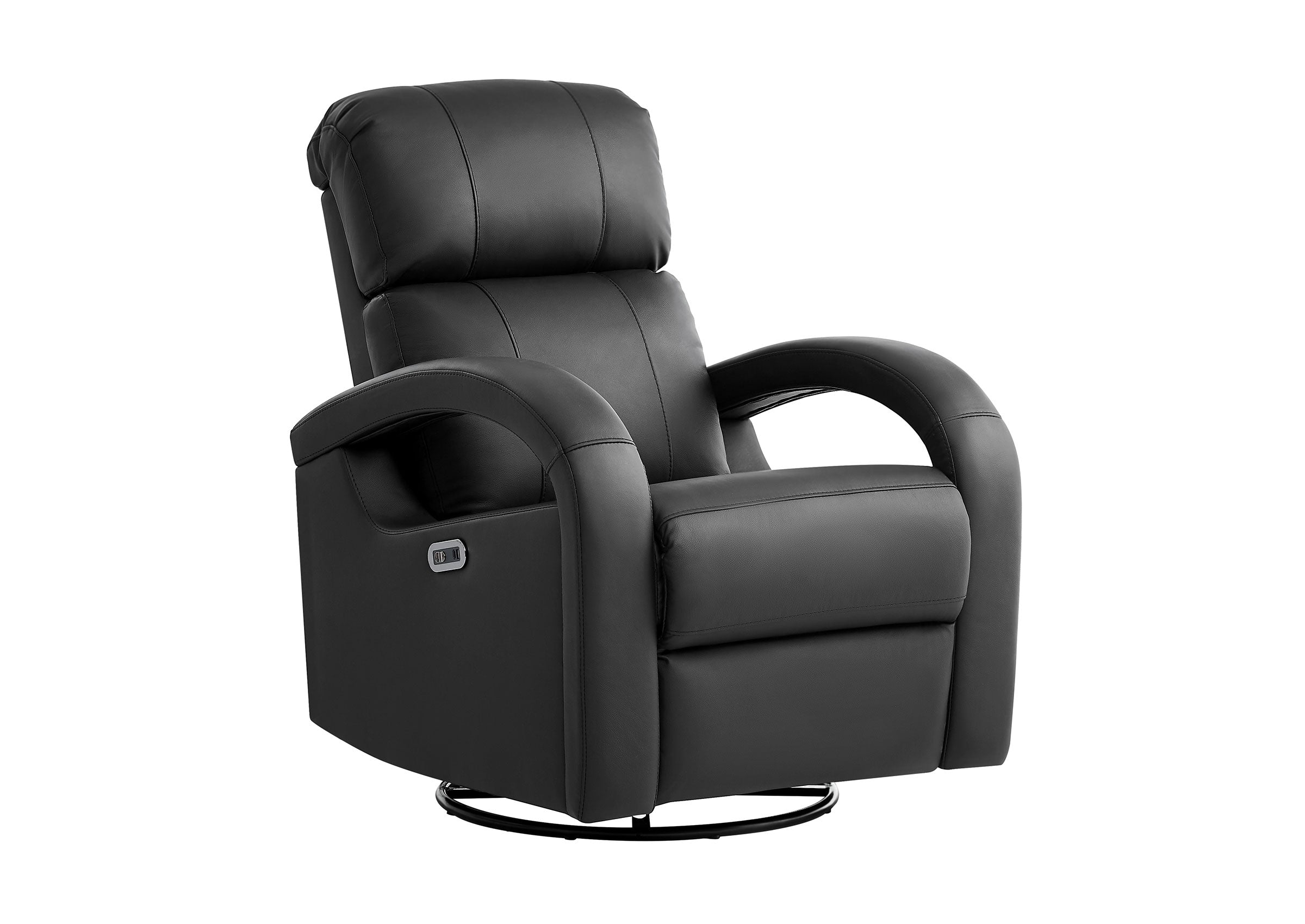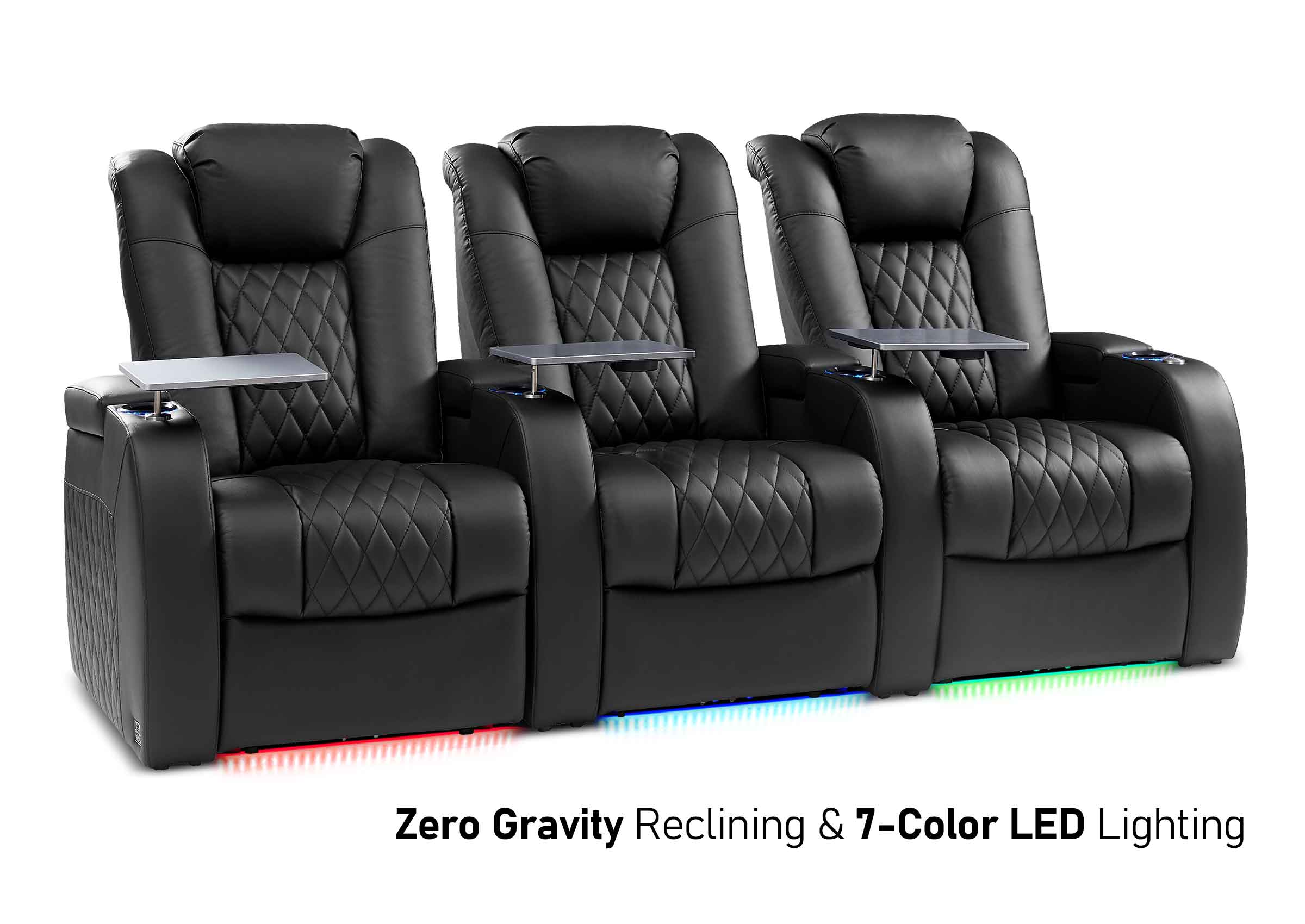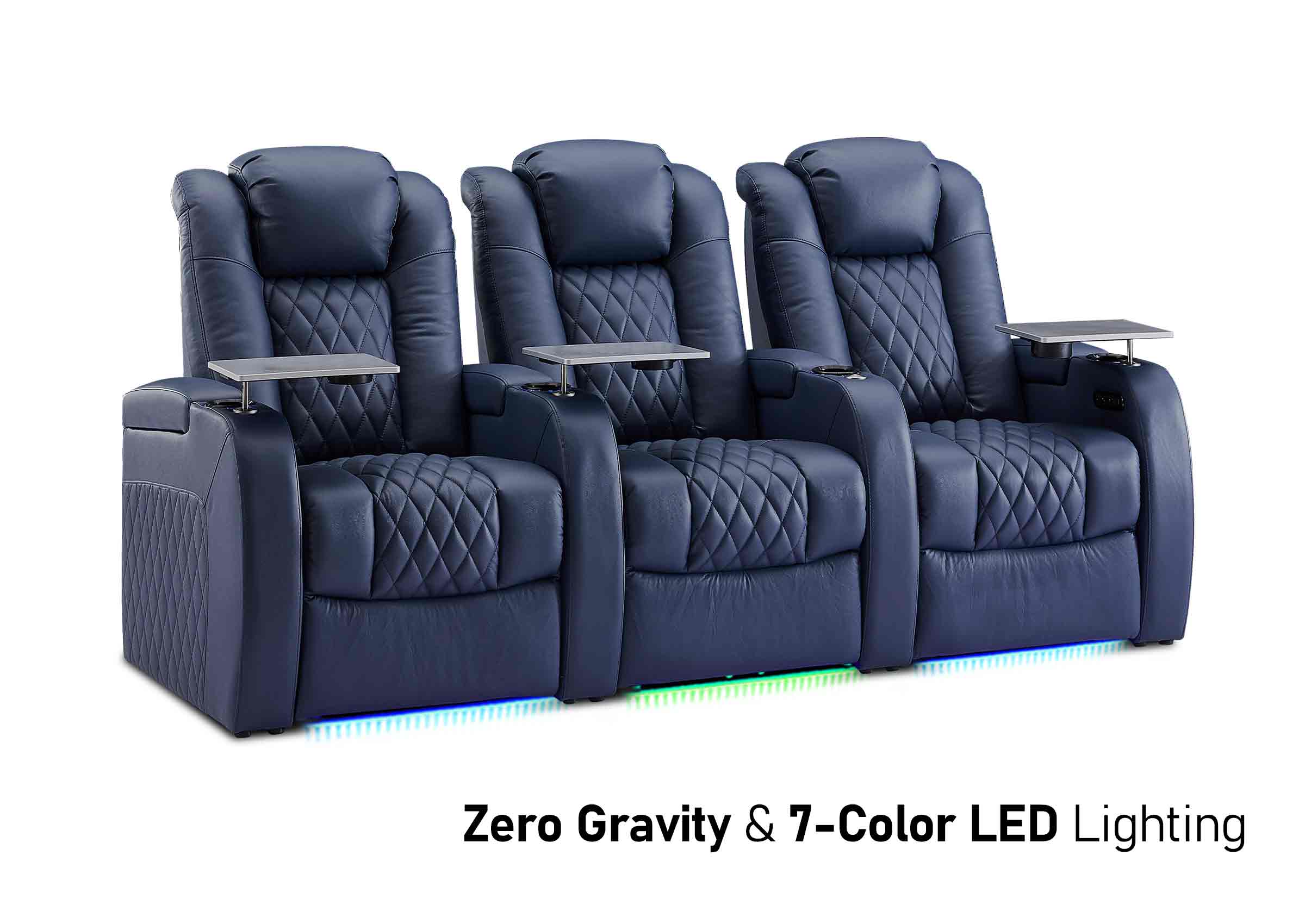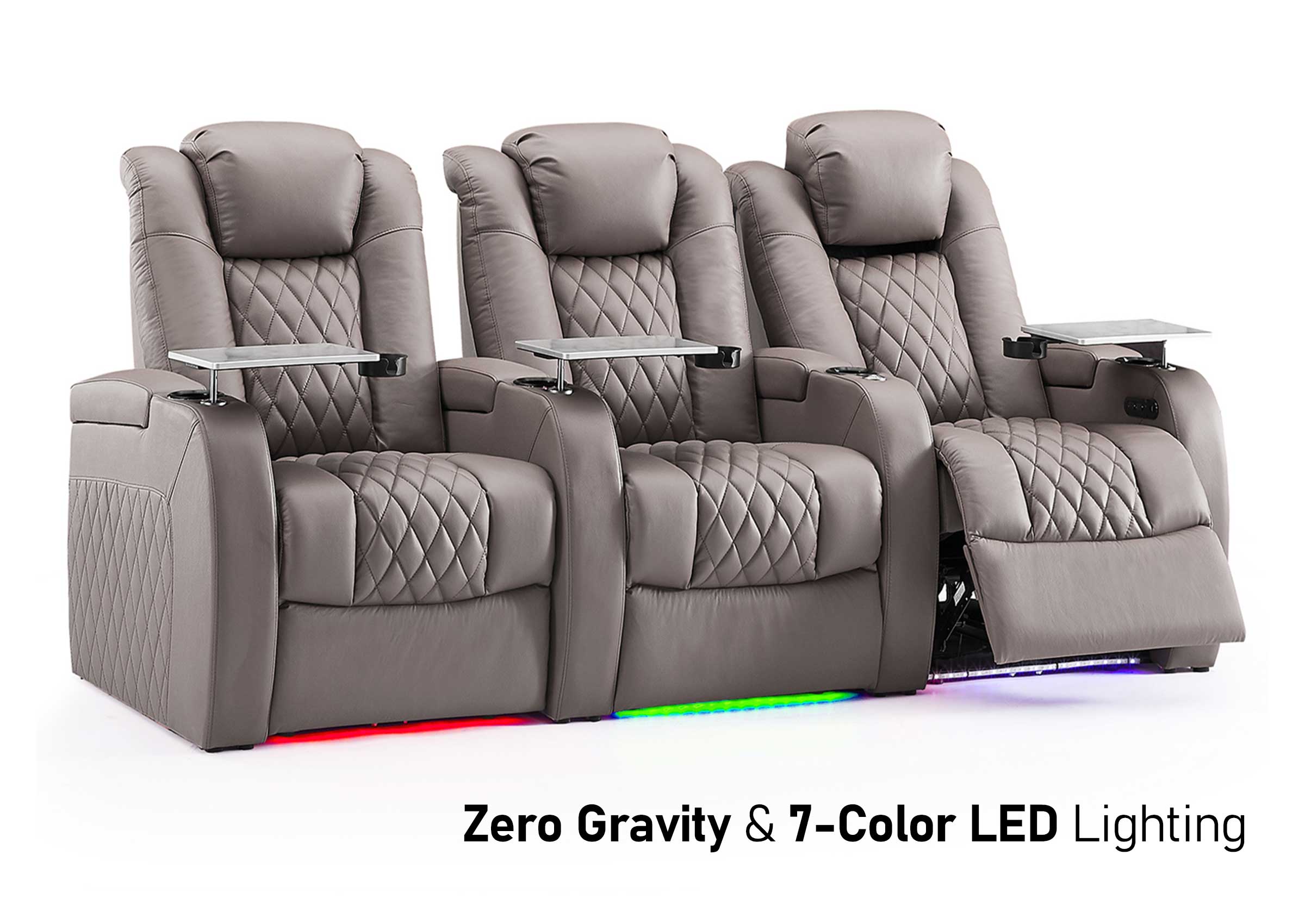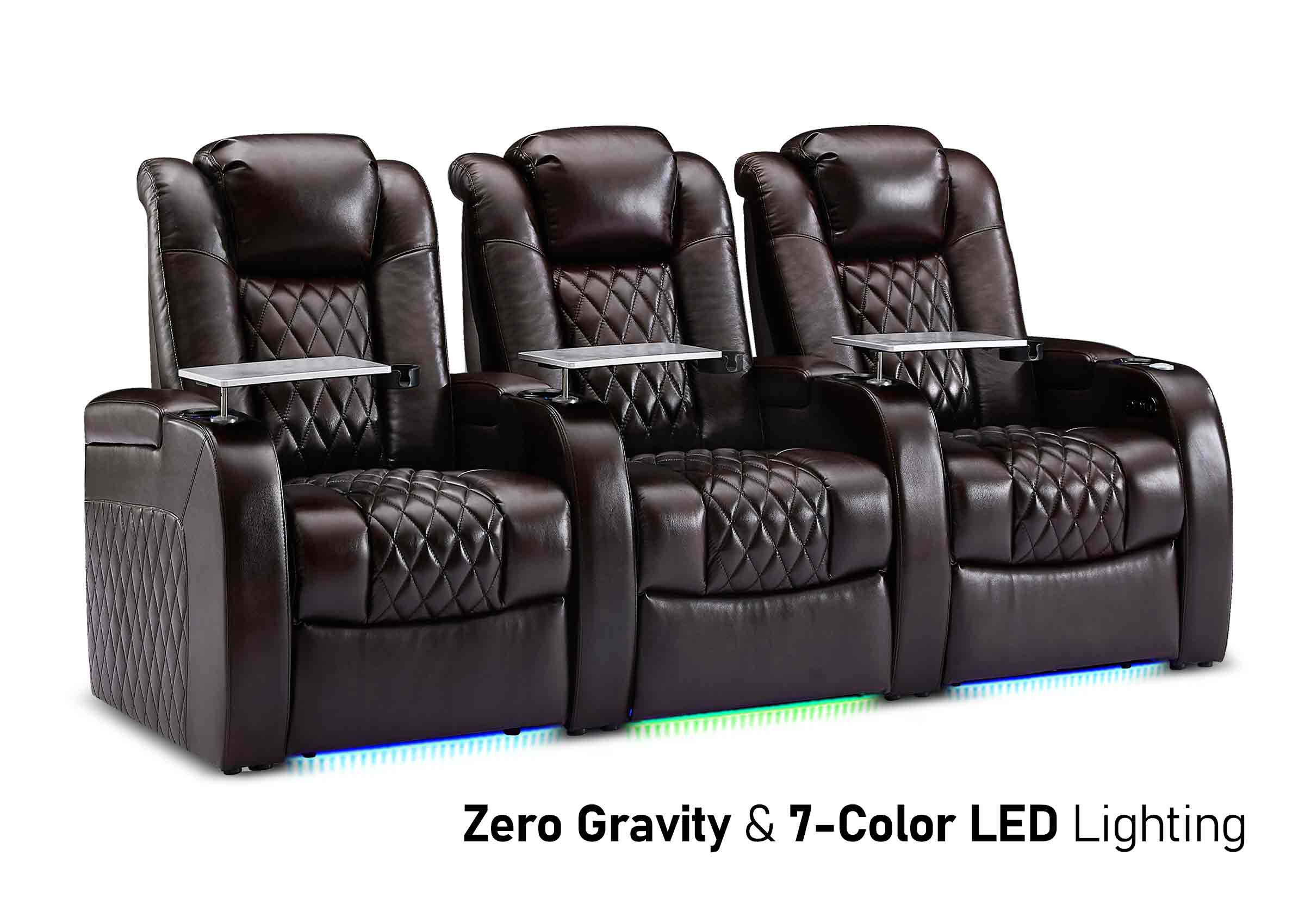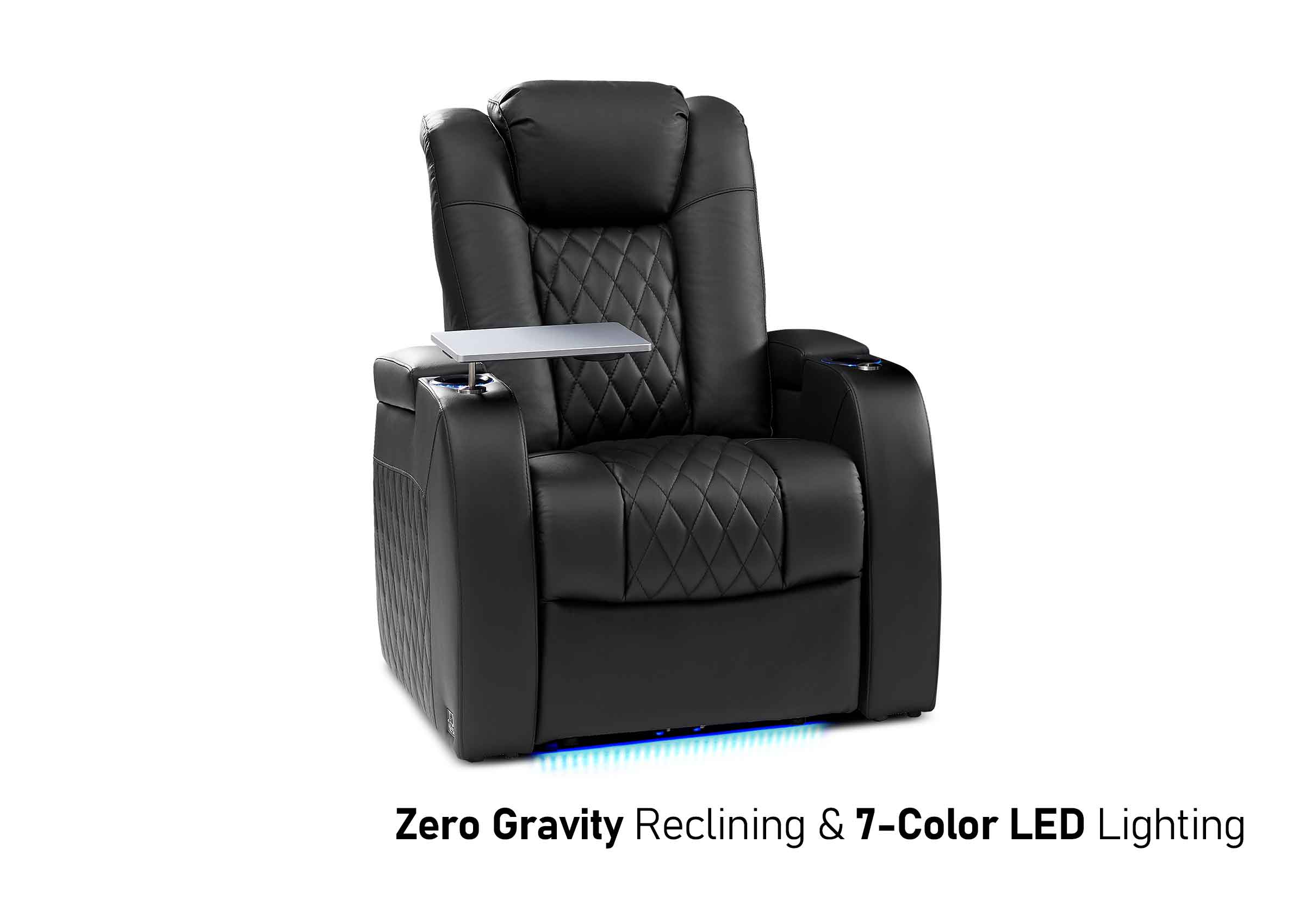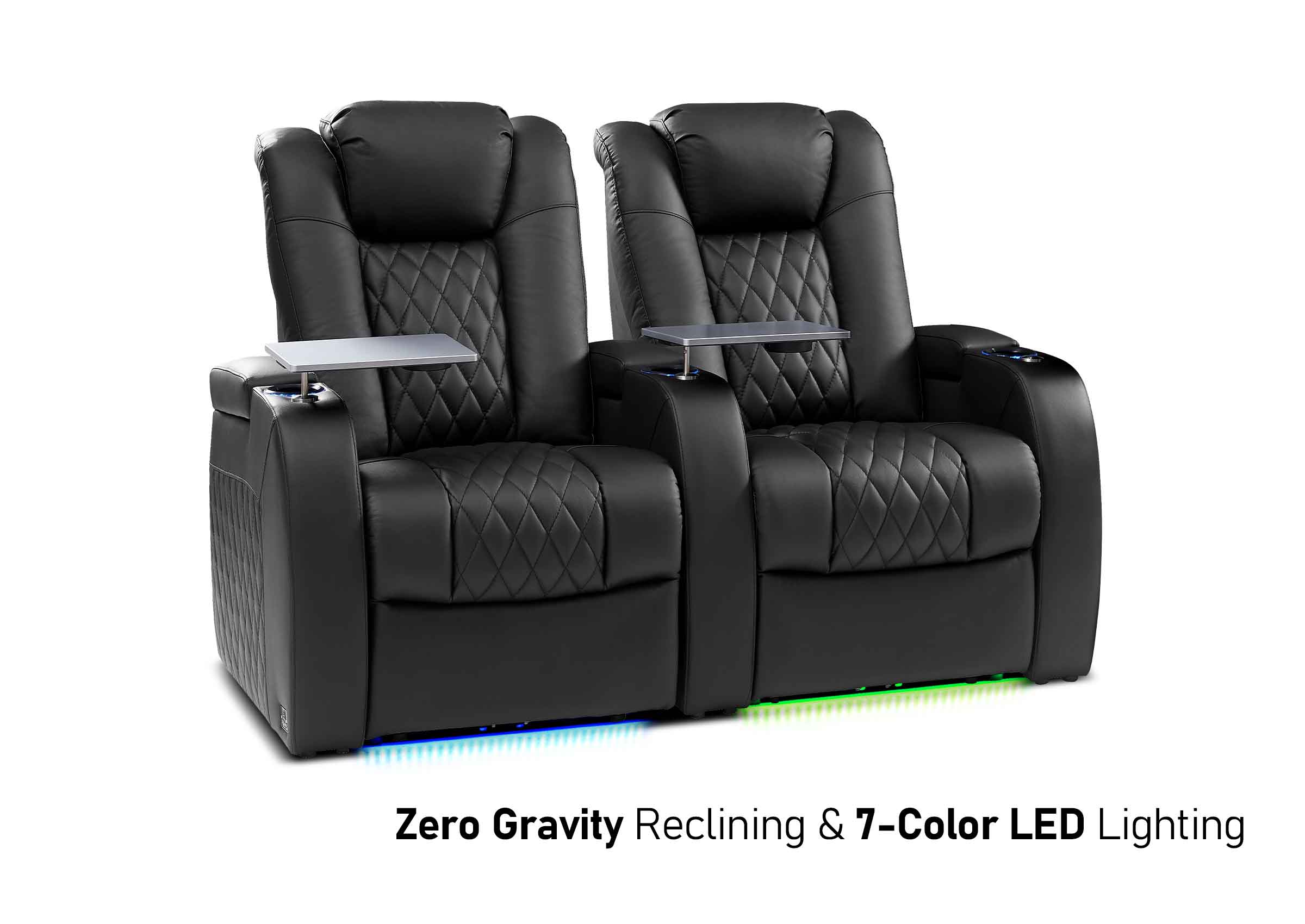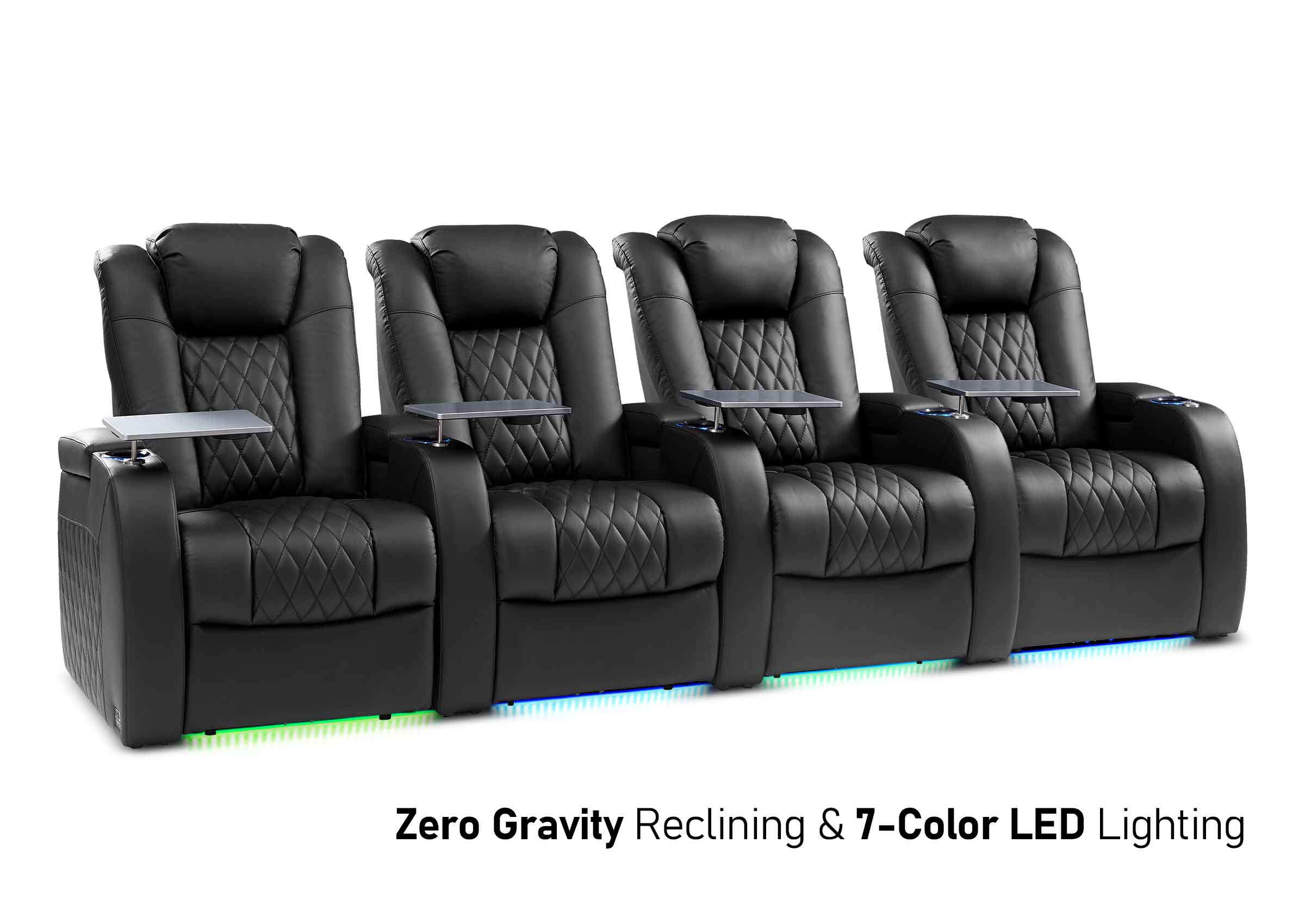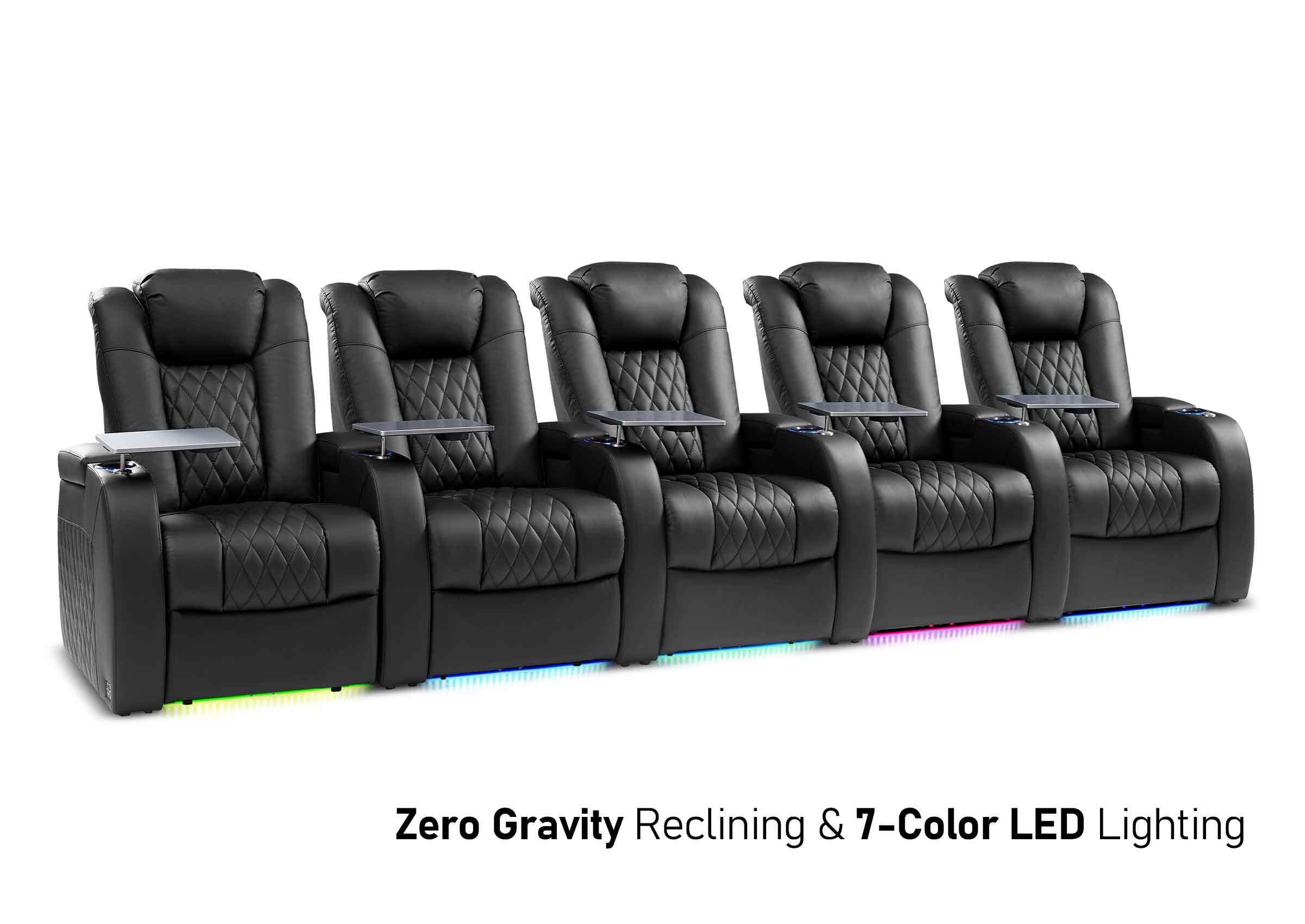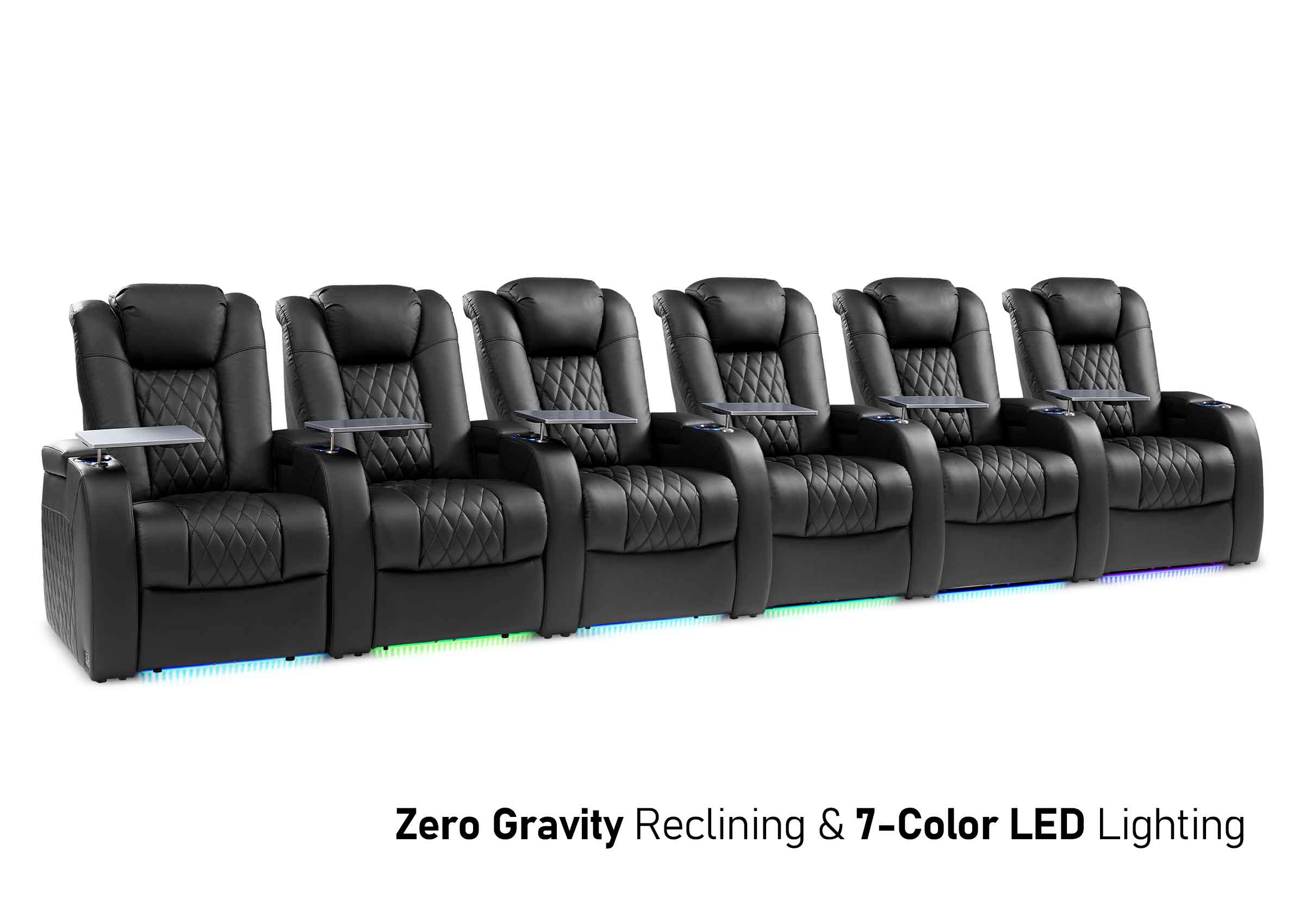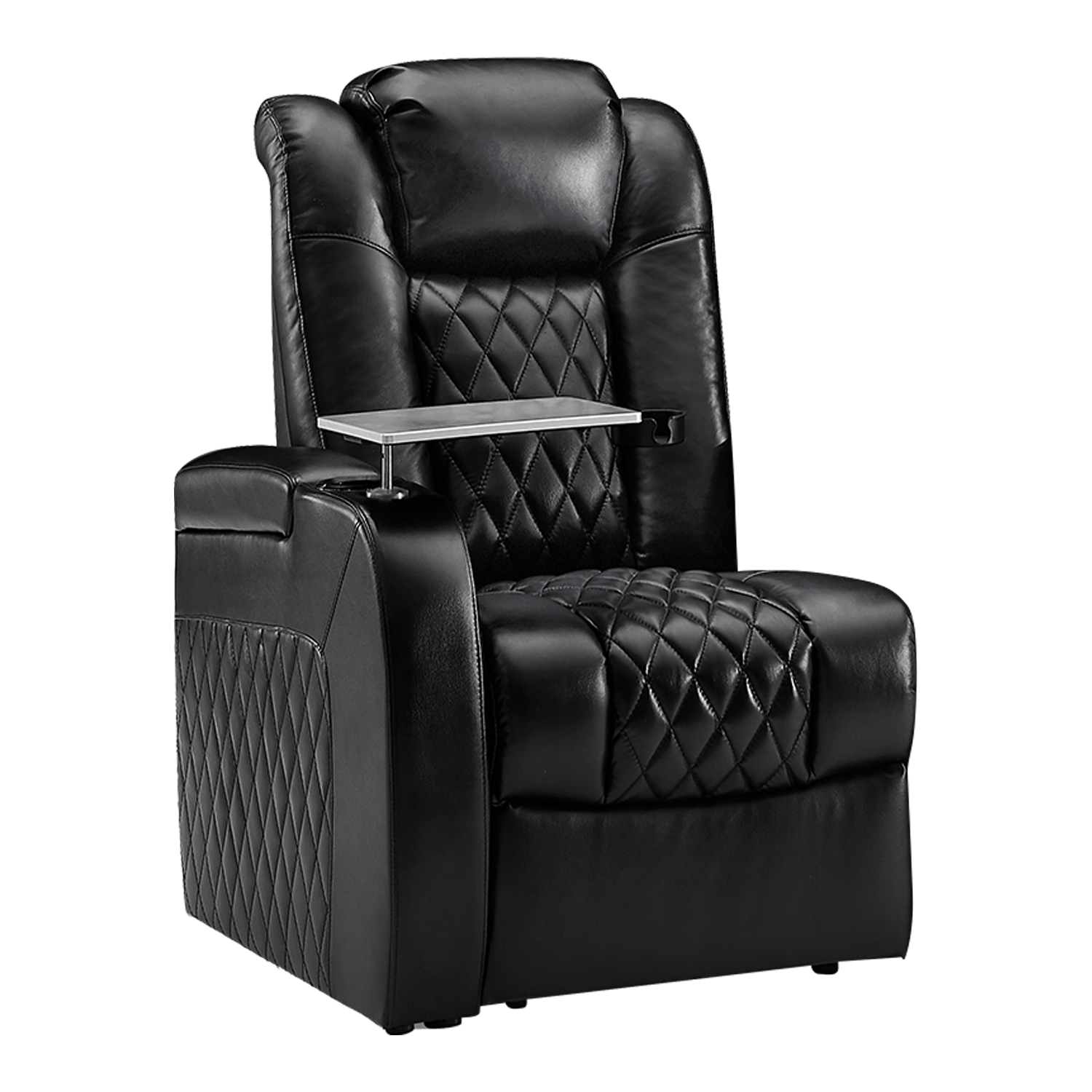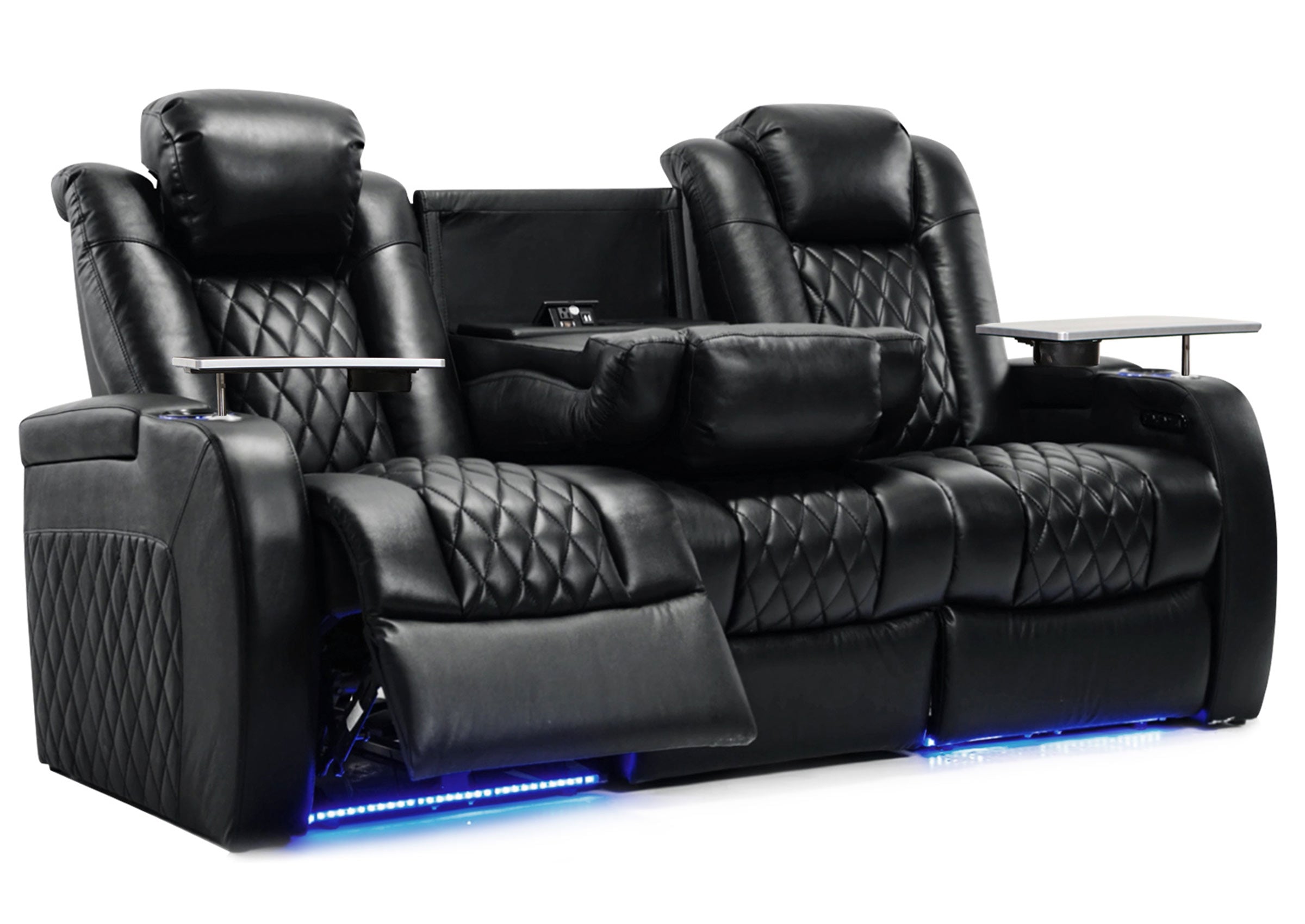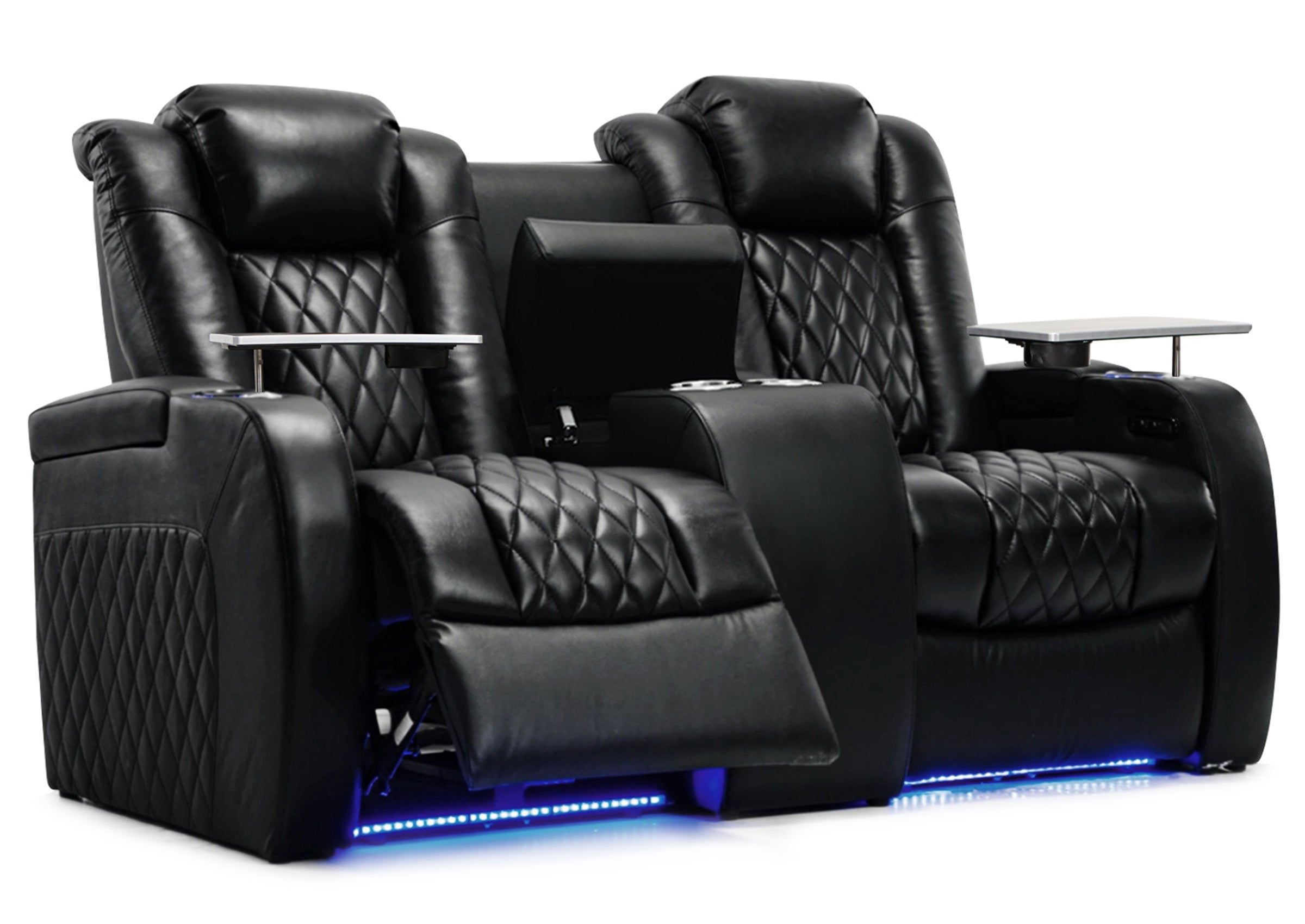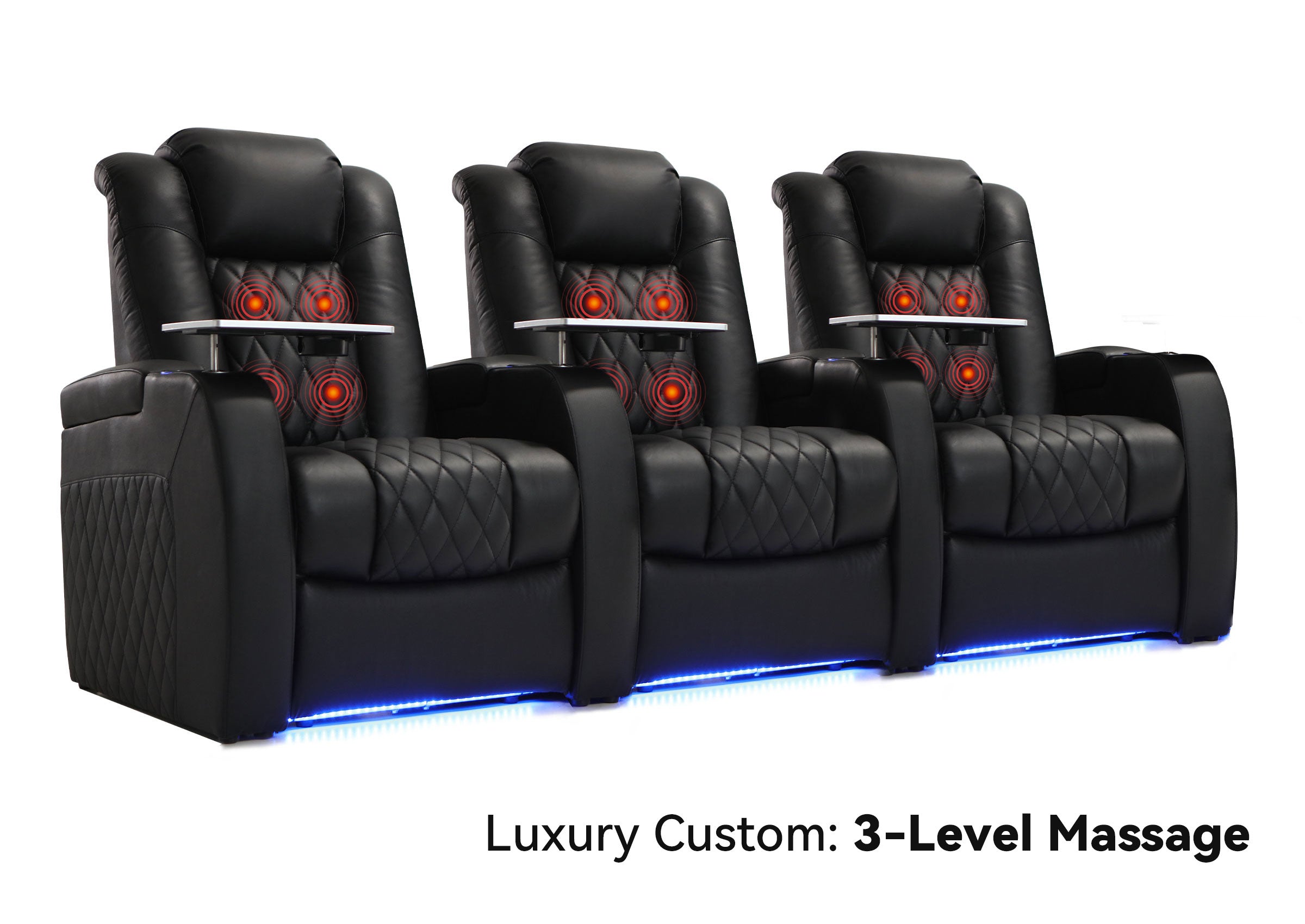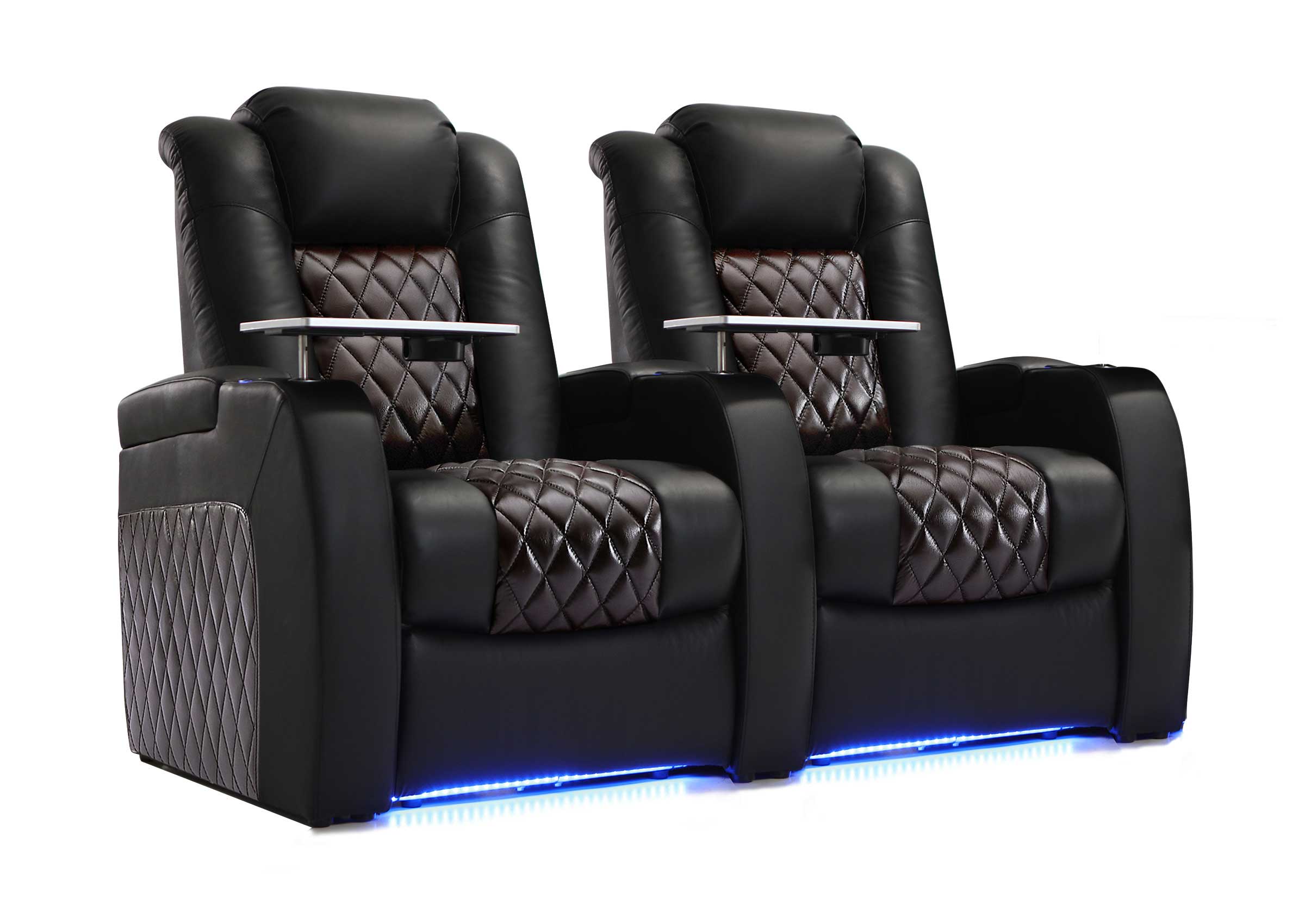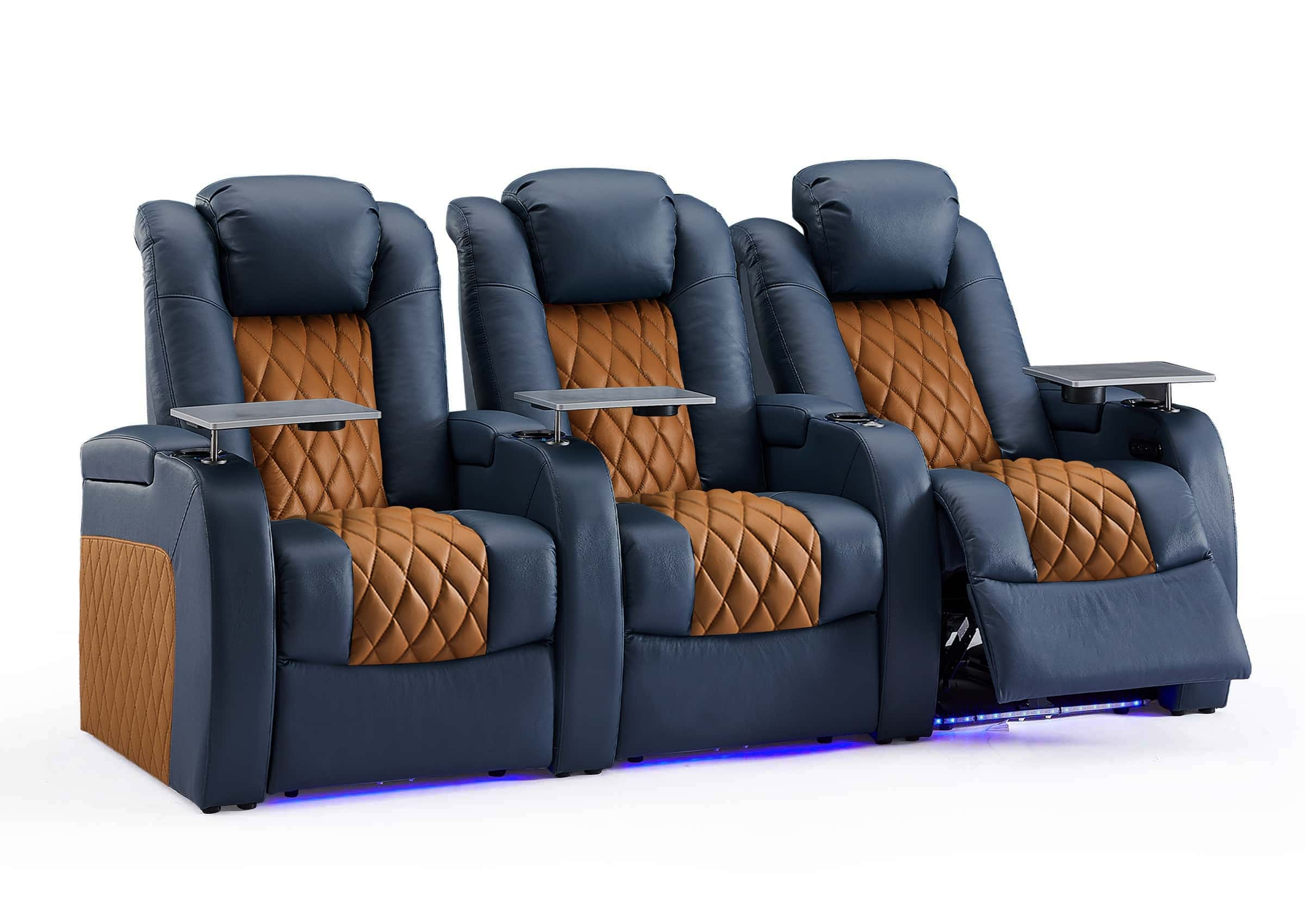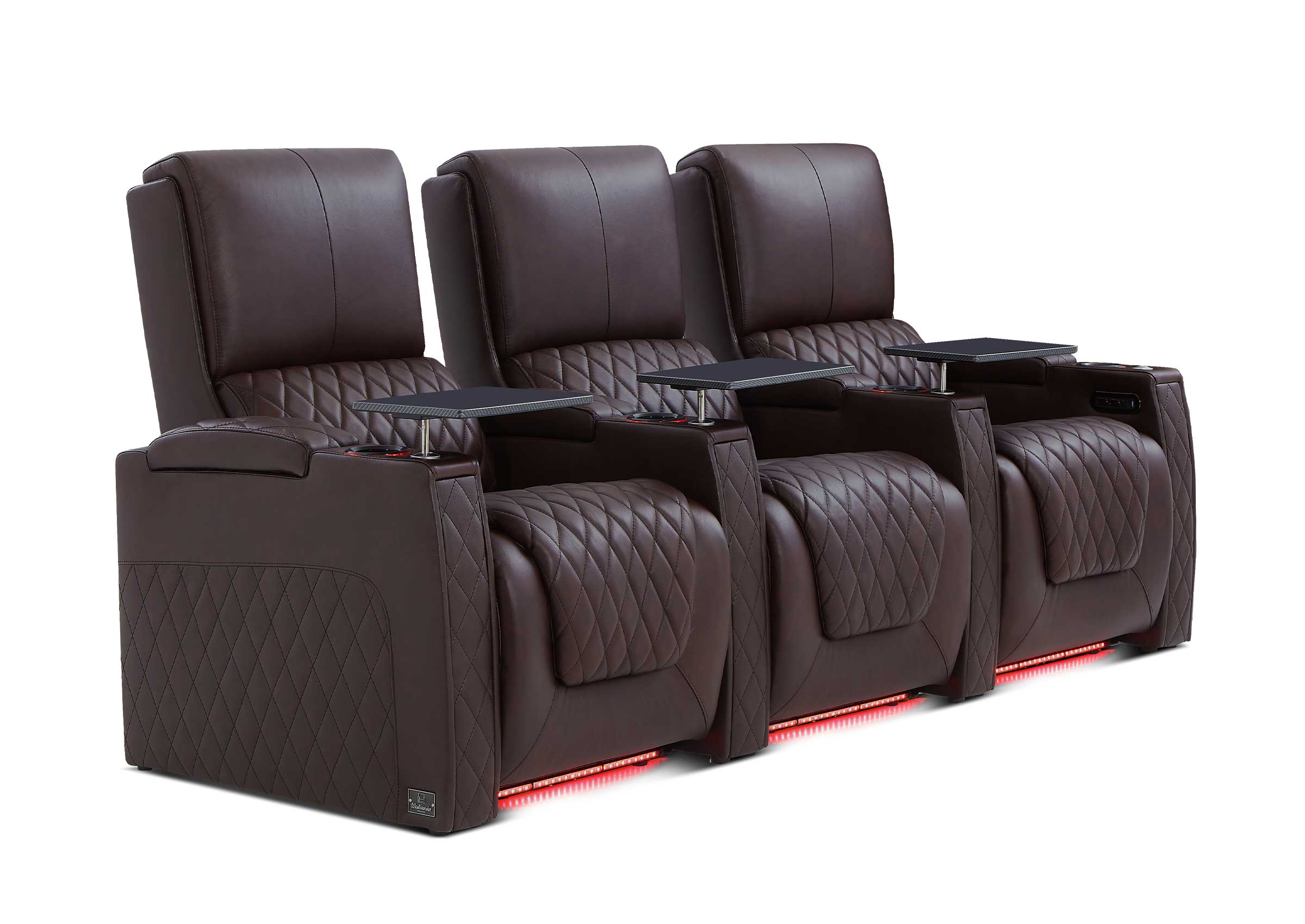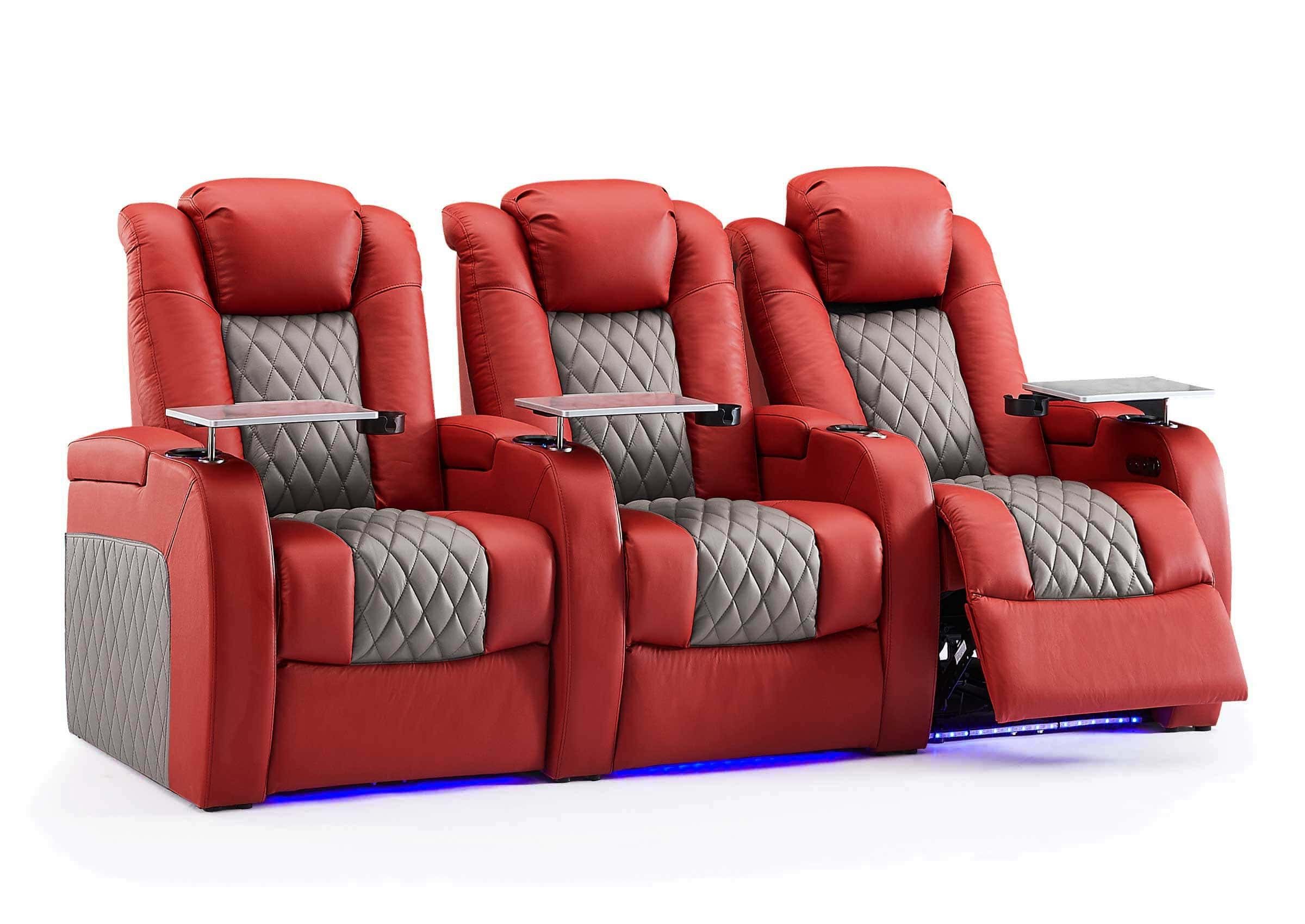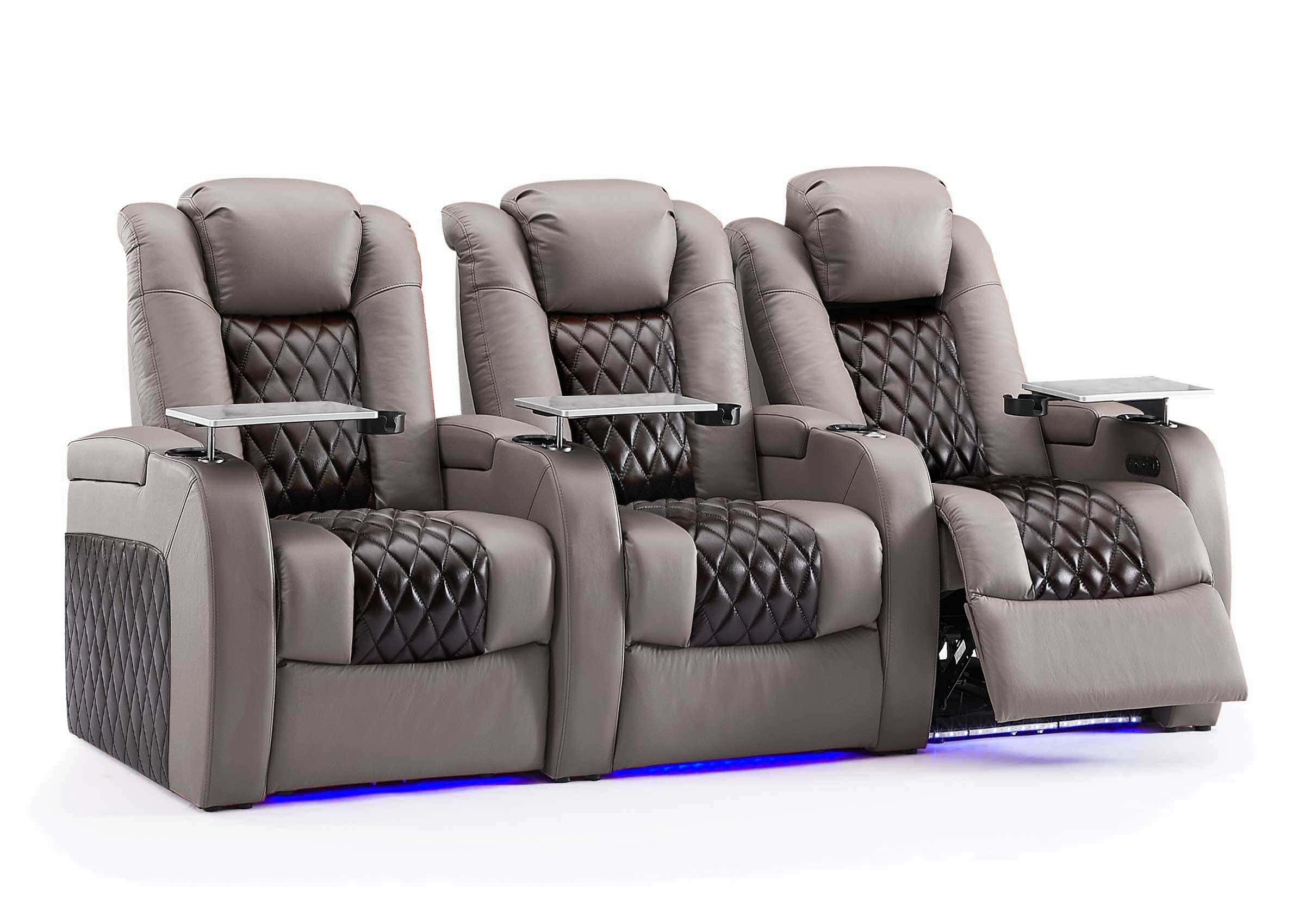Your modern home theater system can play old movies in an entirely new way. Classic films like "The Dirty Dozen" and "Gone with the Wind" were made when theaters used simple, single-speaker systems. Now, your surround sound setup can take these original recordings and play them through multiple speakers around your room. This raises some key questions: How does your system handle these old soundtracks? What changes when vintage audio meets new technology? Here's what happens when classic movies play through today's audio systems.
How Surround Sound Works
Modern surround sound equipment turns a simple movie soundtrack into an all-around audio experience. The technology works through specific hardware and has changed a lot since it first appeared.
Basic Parts You Need for Surround Sound
A surround sound system needs these key parts:
- AV Receiver: The main control unit that processes audio signals and sends them to different speakers. It acts as the central hub where you connect all your audio and video sources.
- Center Speaker: Placed above or below your TV screen, it handles most dialogue and central sound effects. This speaker ensures voices sound clear and come from the direction of the screen.
- Front Left and Right Speakers: These main speakers sit on either side of your TV and play most of the music, sound effects, and general audio. They create the basic stereo sound field.
- Rear Speakers: Positioned behind theater seatings, these speakers add background sounds and special effects that make audio more realistic by surrounding you with sound.
- Subwoofer: A specialized speaker that produces deep bass sounds like explosions, thunder, or low musical notes. It can be placed almost anywhere in the room since low frequencies are hard to locate by ear.
- Optional Height Speakers: More advanced systems use either ceiling-mounted speakers or upward-firing speakers to add sound from above.
How Audio Formats Have Changed
Movie sound has improved steadily over time. Movies in the 1930s used one speaker (mono sound). The 1950s introduced stereo with two speakers. The 1970s added rear speakers with Dolby Surround. The 1990s brought 5.1 surround sound - five speakers plus a subwoofer. Current formats like Dolby Atmos and DTS:X can now position sounds more precisely, including from above, creating more realistic audio.

Original Sound in Classic Movies
The audio in today's movies started from much simpler forms. Old movies had basic sound recording methods that changed how audiences heard dialogue, music, and effects.
Audio Formats in Early Films
Early movies used these basic audio formats:
- Mono Sound (1930s-1950s): One speaker played all movie sounds. Every voice, song, and sound effect came from the same place, directly in front of viewers.
- Basic Stereo (1950s-1970s): Two speakers played different parts of the movie sound. This split made music and effects sound wider and more natural. Directors could now choose which speaker would play each sound.
Technical Limits of Old Recording Equipment
The recording equipment of the past had several major limits:
- Microphone Technology: Old microphones missed many high and low sounds that modern ones can catch.
- Recording Space: All performers had to record at once in the same room. This made it hard to fix any mistakes.
- Tape Quality: The recording tape added extra noise and would wear out over time. Each copy of the audio sounded worse than the original.
- Limited Mixing Options: Old mixing equipment could only handle a few sounds at once. This meant fewer sound effects could play together.
These technical limits of the past affect how we hear old movies today, even when playing them through modern sound systems. The next section explains how current technology works with these older recordings.

How to Convert Old Movie Sound to Surround Sound
The difference between old and new audio formats creates a technical challenge. Modern equipment uses special methods to adapt older sound formats to work with current speaker systems.
How Modern Systems Convert Old Audio
Modern receivers use these main technologies to spread old audio across multiple speakers:
- Dolby Pro Logic II: Takes two-speaker stereo and creates 5.1 surround sound. It analyzes the original audio to figure out which sounds should come from which speakers.
- DTS Neural:X: A newer system that can take any older format and convert it to work with height speakers. It looks for audio cues that suggest where each sound should play.
- Dolby Surround: The latest version that works with Dolby Atmos systems. It can spread mono or stereo sound across all available speakers, including ceiling ones.
Common Problems with Audio Conversion
Converting old audio to surround sound can create some issues:
- Echo Effects: Sometimes sounds repeat slightly in different speakers, creating an odd echo.
- Unnatural Movement: Sounds might jump between speakers in ways that don't match what's happening on screen.
- Volume Changes: Different parts of the audio might become too loud or too quiet when spread across multiple speakers.
- Lost Dialogue: Sometimes important speech becomes harder to hear when the system tries to add surround effects.
Small adjustments to your receiver's settings can often fix these problems. Many receivers include preset modes specifically designed for older movies.

How to Enhance Old Movie Soundtracks with Modern Tech
Modern equipment offers several ways to improve the sound of classic films. Through the right combination of source material and proper settings, any home theater system can make old movies sound remarkably better.
Choose the Right Movie Version
The best sound quality starts with the right movie copy. Many classic films now come in remastered editions with cleaner audio and less background noise. Special releases like anniversary or collector's editions often feature completely new surround sound mixes. Most streaming platforms also provide audio-enhanced versions with "HD audio" or "5.1 audio" options, though the quality may vary between services.
Set Up Your Room Correctly
Your home theater seating and speaker placement form the foundation of good sound. The center speaker belongs at ear level, either directly below or above your TV screen. The front speakers should sit at equal distances from your main seating area, while the rear speakers work best when mounted slightly above ear level. A central listening position between all speakers creates the ideal sound field. Your receiver's room calibration system can then measure and adjust for the specific acoustics of your space.
Fine-Tune Your Audio Settings
The right audio settings make a substantial difference in sound quality. Your receiver's "movie" or "cinema" preset provides a good starting point. The dialog enhancement feature brings clarity to muffled conversations, while dynamic range control helps balance quiet and loud scenes. Any unwanted echo effects from surround speakers can be reduced through minor volume adjustments. A custom preset saves these optimized settings specifically for your classic movie collection.

Tips for Better Sound from Classic Movies
The right adjustments to your sound system can make a significant difference in your classic movie experience. Through specific settings and proper setup, older films can still deliver excellent audio quality.
Best Sound Modes for Classic Films
Most receivers have sound modes designed for different types of content. For older movies:
- For mono films, the "center spread" mode works better than simulated surround sound
- Two-channel stereo often sounds more natural for 1950s-60s films
- Movies from the 1970s-80s work well with basic Dolby surround processing
- The "all channel stereo" mode can make musicals sound fuller without seeming artificial
Quick Fixes for Common Problems
When older movies don't sound right, try these simple solutions:
- Muffled dialogue: Lower the subwoofer level and raise the center channel
- Harsh background noise: Reduce treble settings slightly
- Sudden volume changes: Enable "night mode" or "dynamic range control"
- Artificial echo: Switch to a less aggressive surround mode
The goal isn't to force old movies into modern surround sound but to find settings that complement their original audio style. Small adjustments often produce better results than dramatic sound processing.
Make Old Movies Sound Great!
Classic films can sound excellent on your modern system if you follow a few basic steps. Good quality movie versions and proper speaker setup form the base. Then, choosing the right sound mode for each film's era - whether mono, stereo, or surround - makes the audio shine. Small adjustments to your settings can solve most sound problems. With this simple approach, you can enjoy clear voices, balanced effects, and full music from your favorite old movies.


